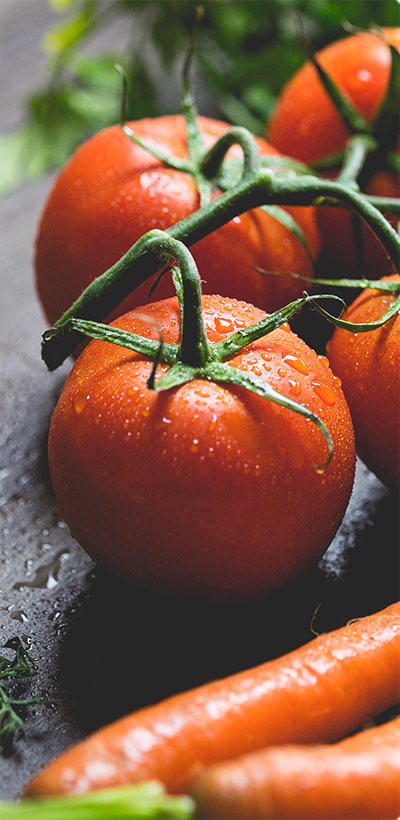Laurentian Rutabaga
Excellent for winter storage. Smooth globe shaped roots have deep purple shoulders and fine-grained yellow flesh. Popular commercial and home garden variety. Not clubroot resistant. Maturity 115-125 days. Approx. 900 seeds/pkg. Available in regular and sized seeds. Treated seed available.
Scroll down for more details and growing information.

Details
Growing Information
Rutabaga/Turnip
Rutabaga, also called ‘swede’ or ‘winter turnip’, is globe shaped with yellow flesh and maroon coloured skin. Commonly grown for winter storage. ‘Summer Turnip’, is flatter in shape, and the flesh is usually white and roots are harvested during the summer.
Planting:
Sow thinly 1⁄4 -1⁄2 inches deep. Space young plants to 4-6 inches apart in rows 24-30 inches apart. Sow seed as early as the soil can be worked for a mature crop for early market. For the main storage crop, plant in late June or early July, so that roots can develop in the cooler weather. Late plantings are less susceptible to root maggot damage. For an extra early crop, start indoors in April for transplanting in May.
Growing:
Full sun and soil pH of 6.5. Moderate feeders; require a deep, loose cultivated soil with medium water retention. Apply generously, compost and well-rotted manure prior to planting. Benefits from regular feedings with a compost tea or fertilizer with higher amounts of phosphorous and potassium for good root development. Boron is a key trace element for the prevention of Brown Heart (water core). (Boron may also be applied separately as a spray 4-6 weeks after planting).
Harvest:
Turnips (summer): when they reach 3 inches in diameter. Rutabagas (winter): when roots are 4 inches in diameter up until they are 5-6 inches. You can leave your rutabagas in the ground until just before it freezes. Sweet flavour of rutabagas is enhanced by light frosts.
Storing:
After harvesting, prepare roots for storage by cutting tops to an inch above roots. Place in a cold, moist root cellar held between 0-4°c and 85-95% humidity. To store in the refrigerator, place roots in vegetable storage bags and tuck them in the crisper wrapped in damp paper towel so that it does not drip when squeezed. For large harvests, store rutabagas in moist, not dripping, peat moss, sand, or sawdust in a cool shed or garage—a place where they won't freeze.
Pests & Diseases:
Clubroot can develop where turnips or cole crops have been frequently grown and will remain in the soil for 7 or more years. Clubroot thrives in acidic soil, keep the soil pH above 6.0. Practice good crop rotation. Root maggots can be avoided early in the season by covering plants with row covers.
Companions:
Onion family, pea.



